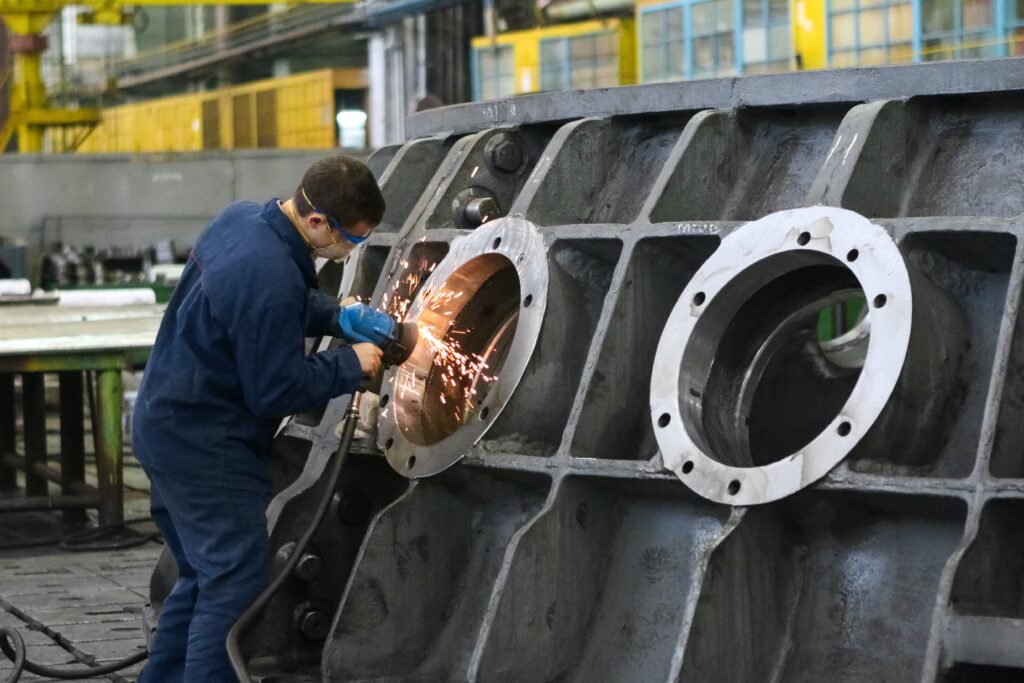Several 2020 articles and news reports indicate reshoring of manufacturing is on the rise. Clearly the pandemic has shown the limitations of overseas supply for critical items in a situation of rapidly increased global demand. Increased reshoring might be a good economic boost, and act to counter the negative effects of the pandemic.
The Trump administration made a great deal of noise about increasing US manufacturing, and especially bringing operations back from China. Tax policies, tariffs, reducing regulations and proposing training programs to increase labor availability are all things either in process or under consideration. Whether or not the Biden administration will continue these actions remains to be seen.
It is obviously a big advantage for a manufacturer to have a supply chain near at hand. Shipping costs, delivery speed, absence of language problems, and ease of implementing changes are but a few of the clear reasons to favor handy suppliers. However there are businesses that require major human labor content, and these industries simply may not be able to justify US locations. To the extent a business can be automated and/or high quality/precision is involved, US operations become more advantageous.
There are host of factors currently influencing reshoring decisions. Each case is probably unique in one factor or another, but there are several macro factors at play.
One is the cost of materials and labor in the overseas country. China, for example, has seen a rise in both. We know of nothing that will change the rise of Chinese labor costs, and material costs are in continuous flux all over the globe. Nonetheless, labor cost was one of the primary drivers for moving manufacturing overseas in the first place. Political forces favoring increased minimum wage levels could be an impediment, but overall manufacturing wages are usually considerably higher than minimum wages. Unless there is some established linkage of one to the other, manufacturing reshoring should be reasonably immune to an upward movement of minimum wages.
There are certain things that will be almost impossible to reshore for one reason or another. One is the tooling and mold making associated with die casting, injection molding and other types of manufacturing that requires a metal form into which some flowing material is forced, poured, or injected . While US manufacturers retain some capabilities for these, the vast majority has gone to Asia and is likely to stay due to the great cost difference.
Yet, there are hopeful signs. We have a Japanese-owned OEM using Japanese castings. Our domestic competitor reports their costs are about 10-15% higher, and since the castings are relatively large, the shipping costs eat into that difference. We are hopeful of moving some of that work into the US in 2021.
A key strategic category is rare earths. China supplies something like 80% of the world’s supply of these elements, so critical for electronics, defense, batteries, and many other items. Ironically, the US was the originator of rare earth supply, but environmental issues increased the cost and difficulty of mining and China was able to take over primary global supply. The Trump administration made some moves to improve this situation, but it is a long term national security problem for our future. There are many other materials necessary for certain kinds of manufactured products that require foreign supply, and this is obviously a significant reshoring consideration.
Overall, however, the US has enormous advantages for manufacturers. The midwest and northeastern states are full of custom manufacturing shops of all kinds. Almost any metal or plastic ingredient can be made in these areas, so the supply of parts and assemblies can be easily sourced and transported.
We have a highly-skilled workforce, although meaningful growth will require some key changes in available training. Overall, most manufacturers we know report difficulty in finding good quality workers. Apprentice programs and trade schools have been largely abandoned over the last decades. It would seem obvious for all levels of government to consider plans and programs to increase both. If reshoring activity continues to increase, the shortage of quality manufacturing workers will become a key impediment to progress. Since manufacturing is an excellent source of high paying jobs as well as innovation, it would suggest that such programs would support economic growth, always a high political priority.
Land with good transportation is widely available all over the country. The magazine Expansion contains ads from many states trying to attract new business. The US also has cheap and abundant energy, easily available as well. This is a big factor for many kinds of manufacturing.
When considering reshoring we suggest the use of the Reshoring Institutes’ Total Cost of Ownership Estimator worksheet, which is available free from their website: https://reshorenow.org/tco-estimator/. This tool assists the comparison of sites using a variety of variables that might be involved in such a decision.
So maybe one of the few good things about the pandemic is the need to reexamine supply chains that stretch beyond our shores. In many cases the pandemic has exposed structural supply chain limitations and weaknesses, and the Trump administration’s policies tried to encourage reshoring back into the US. We are hopeful the Biden administraion is similarly inclined, and so we look forward to 2021 progress.


